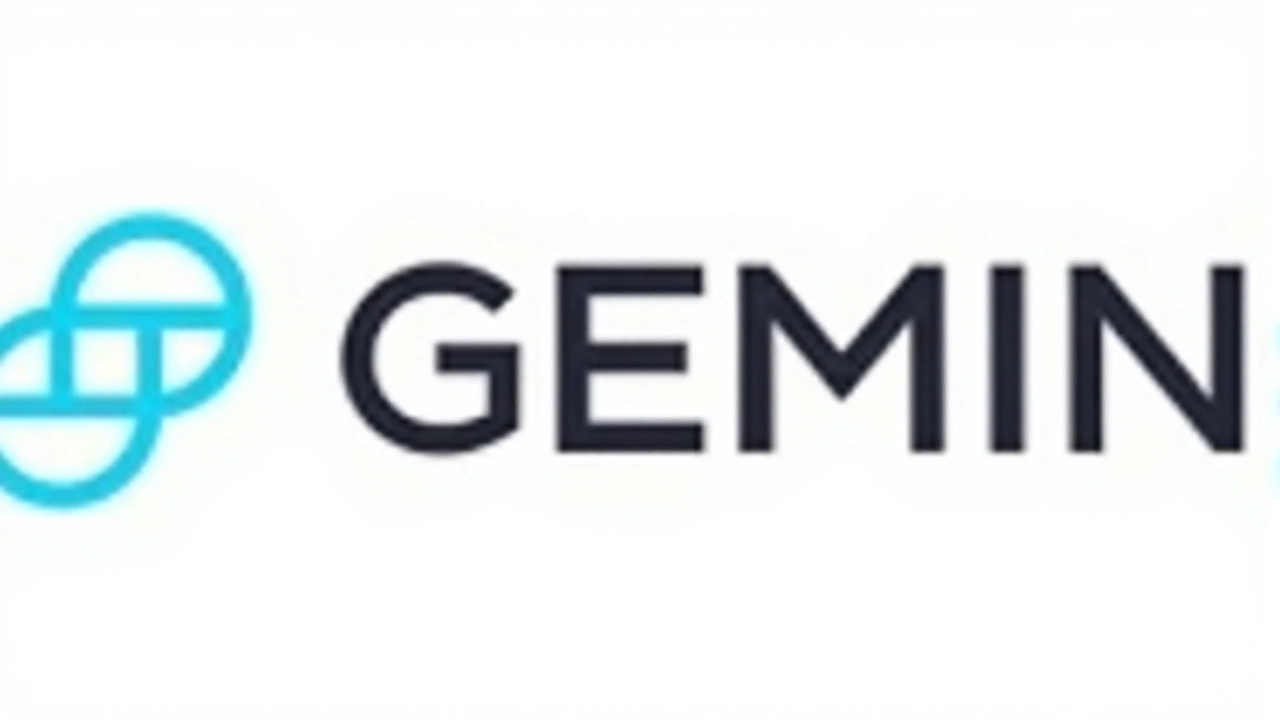A blockbuster Nasdaq debut
Investors just sent a clear message about crypto’s public-market comeback: the Gemini IPO landed well above expectations and blasted higher out of the gate. Gemini Space Station, Inc., the crypto platform founded by Cameron and Tyler Winklevoss, priced its initial public offering at $28 per share, topping both the original $17–19 range and a later $24–26 bump. That put the company at roughly a $3.3 billion valuation before the opening bell.
On day one, shares began trading on the Nasdaq Global Select Market under ticker GEMI, opened at $37.01, and quickly climbed to $45.89 before a brief volatility halt. The move represents a jump of about 32% from the IPO price at the open and roughly 64% at the intraday high—numbers that signal heavy demand from both institutions and retail traders.
Here are the key numbers from the offering and first trades:
- Offer size: about 15.2 million Class A shares sold at $28 per share, for approximately $425 million in gross proceeds to the company before fees and expenses.
- Greenshoe: underwriters fully exercised a 2.5 million-share over-allotment option (2,396,348 shares from Gemini; 103,652 from selling stockholders).
- Ticker and venue: GEMI on the Nasdaq Global Select Market.
- Retail allocation: up to 30% of the shares were reserved for individual investors via platforms including Robinhood, SoFi, Futu, Moomoo, and Webull.
- Strategic tie-up: Nasdaq made a $50 million strategic investment in Gemini.
- Banks: Goldman Sachs and Citigroup led the deal, joined by Morgan Stanley and Cantor as lead bookrunners. Additional bookrunners included Evercore ISI, Mizuho, Truist Securities, Cohen & Company Capital Markets, Keefe, Bruyette & Woods, Needham & Company, and Rosenblatt. Academy Securities, AmeriVet Securities, and Roberts & Ryan served as co-managers.
Priced above range, fully subscribed, and with the entire greenshoe taken down—this is the playbook for a hot tech listing. The retail slice was unusually large for a traditional IPO and likely helped amplify early trading interest.

Why it matters, and what to watch next
Gemini went public at a moment when crypto is regaining mainstream attention. After a long lull in new tech listings, risk appetite has crept back. Crypto prices and trading activity have improved from their lows, and digital-asset infrastructure companies are again testing the public markets. For context, Coinbase chose a direct listing in 2021 at the peak of the last cycle; Gemini opted for a more traditional IPO with underwriters, price guidance, and stabilization tools—an approach that often appeals to investors looking for tighter execution.
The greenshoe exercise is a tell. That 2.5 million-share option—fully taken—gives underwriters inventory to help stabilize trading and meet excess demand. When banks use all of it right away, it usually means the order book was deep and the aftermarket held up.
Governance will get attention too. The Winklevoss brothers retain supermajority voting control following the offering. That kind of dual-class setup is common in tech, but it concentrates decision-making with founders. For new shareholders, it means clear strategic continuity, but limited influence on major corporate actions. It can also affect index eligibility and long-only demand that prefers one-share-one-vote structures.
So what is the business investors are buying? Gemini operates a crypto platform with services that typically include trading for individuals and institutions, custody for digital assets, and tools aimed at compliance-focused clients. The pitch is a regulated, security-first approach designed to win enterprise accounts and mainstream users who want cleaner rails into crypto. As always with exchanges, revenue tends to track trading volumes and assets on platform—both of which rise and fall with market cycles.
Why did the deal clear so far above range? Several forces likely converged: a light IPO calendar that concentrates demand, improving crypto sentiment, and a retail-first allocation strategy that widened the investor base. The Nasdaq’s $50 million strategic investment didn’t hurt either. It sends a signal about long-term platform relationships and could help with visibility among market participants who prefer established venues and partners.
The opening day spike shows appetite, but it also introduces the classic questions: How much of the pop came from a tight float? How much from momentum traders? And will the stock find a durable trading range once the stabilization period ends? With many IPOs, the next real test is how shares trade after the first few sessions—when allocations settle, short interest forms, and price discovery turns more sober.
There are risks to keep in mind. Crypto remains volatile, and regulatory regimes are evolving across key markets. Exchanges live and die by volumes, spreads, and take rates; a quiet market can squeeze revenues, while rapid spikes can stress systems and risk controls. On the corporate side, standard lock-up agreements—often around 180 days—can add supply later in the year as early investors and employees get the option to sell.
What should investors watch next? A few markers stand out: user growth and engagement, assets under custody, institutional adoption, and any product or geographic expansions disclosed in future filings. Cost discipline matters, especially around compliance, security, and engineering. And with founders holding the reins, investors will look for clear capital allocation signals: how proceeds fund growth, M&A appetite, and the path to durable profitability through a full crypto cycle.
For now, the debut checks all the boxes for a high-demand offering: priced up, traded up, and backed by a broad syndicate with a retail-friendly allocation. The market just gave Gemini a warm welcome. The next chapters will be written in earnings, execution, and how the cycle treats transaction-driven businesses from here.


